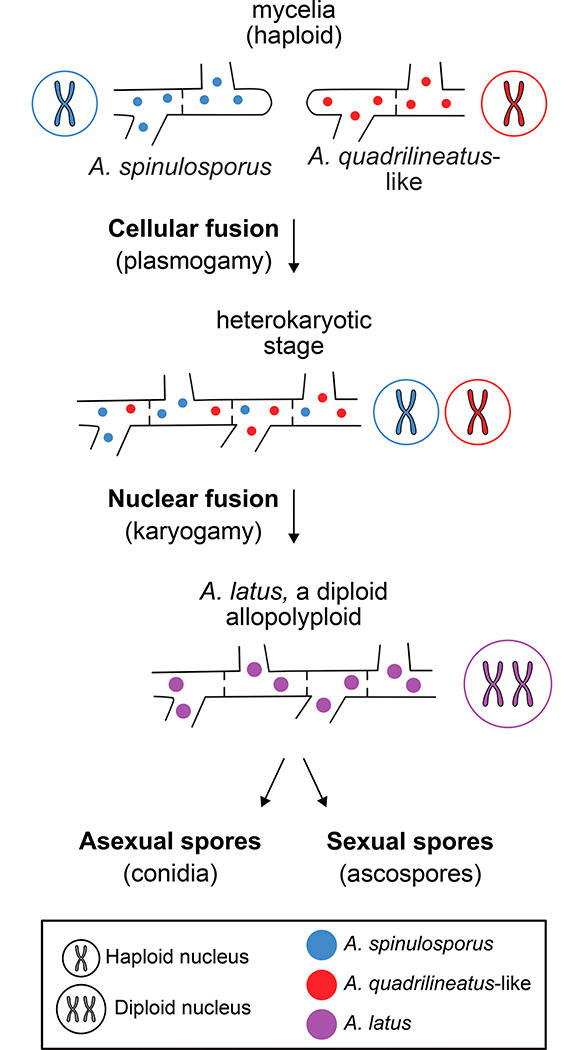Figure 4. Proposed model for the evolution of A. latus via allodiploid hybridization.
Under the model, haploid nuclei of an A. spinulosporus isolate and of an isolate from an A. spinulosporus-like species underwent cellular fusion (plasmogamy) forming a heterokaryotic mycelium (i.e., a mycelium where cells contain two distinct nuclei). Next, nuclear fusion (karyogamy) resulted in the merging of the two genetically distinct nuclei and their genomes into a single one, giving rise to the allodiploid species A. latus which, is capable of undergoing asexual and sexual reproduction to produce asexual spores (conidia) or sexual spores (ascospores).

